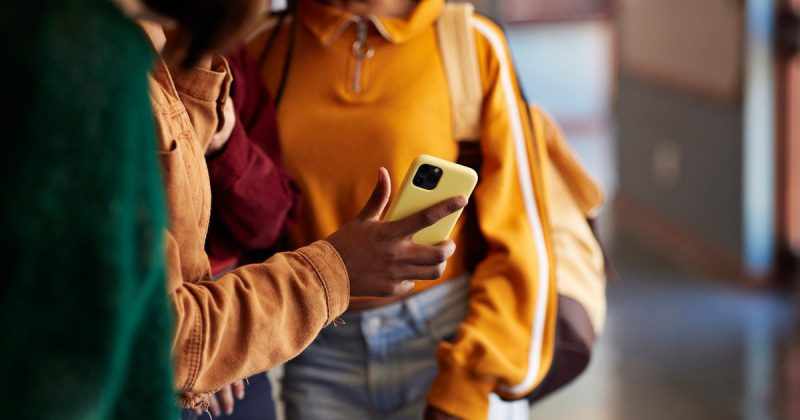
The debate over cell phones in schools has reached a fever pitch. What began in Florida in 2023 has rapidly spread across the nation, with a staggering 25 states now having laws in place to either ban or heavily regulate cellphone use in classrooms. This widespread adoption reflects a growing consensus among legislators, educators, and even some parents, that unrestricted cellphone access is detrimental to student learning and well-being.
This year alone has seen a surge in legislative activity, with bills passing in diverse states ranging from New York to Oklahoma. The rationale is consistent: cell phones are distracting, disruptive, and contribute to issues like cyberbullying and social isolation. Connecticut state Representative Jennifer Leeper dramatically described cell phones as “a cancer on our kids,” highlighting their negative impact on attention spans, social-emotional development, and overall academic performance. This sentiment isn’t limited to one political party; Republicans have also voiced strong support for these measures, framing them as crucial for both mental health and public safety.
The types of restrictions vary. While Florida initially focused on banning phones during instructional time, a new bill pushes for a complete ban throughout the school day in elementary and middle schools. Currently, nine states and the District of Columbia have implemented all-day bans, surpassing the number of states with bans limited to class time. North Dakota Governor Kelly Armstrong, a proponent of all-day bans, described the legislation as a “huge win” backed by teachers, parents, principals, and school boards alike. The implementation of these “bell-to-bell” bans has been actively promoted by organizations like ExcelinEd, emphasizing that restricting phone access throughout the entire school day prevents issues that often arise outside of the classroom, such as hallway fights recorded and shared online.
However, the movement isn’t universally embraced. Some states, particularly those with strong traditions of local school control, are instead opting to mandate that districts create their own cellphone policies, leaving the specifics of implementation to individual schools. Other states have seen failed attempts at legislation, with opponents arguing that teachers or parents should be the primary arbiters of cellphone use. Even with the growing support for restrictions, exceptions are increasingly common. Most states allow cellphone use for medical needs, special education accommodations, and translation purposes. Some states also include unusual exceptions, such as for volunteer firefighters or specific types of wearable technology.
Despite the general trend, there’s significant opposition from some parents and students. A common concern among parents is the inability to contact their children during emergencies, particularly in light of recent school shootings. Students, particularly high schoolers, also express frustration with the rules, advocating for education on responsible cellphone use rather than outright bans. One Louisiana student even started a petition arguing that schools should focus on teaching responsible technology use instead of imposing restrictive bans.
While some states have allocated funding to assist schools with implementing these new laws – like New York’s $13.5 million investment – most have not, leaving schools to shoulder the burden of providing storage solutions and enforcing the new regulations without additional financial support. This lack of funding presents a significant challenge for many schools, particularly those with limited resources.










